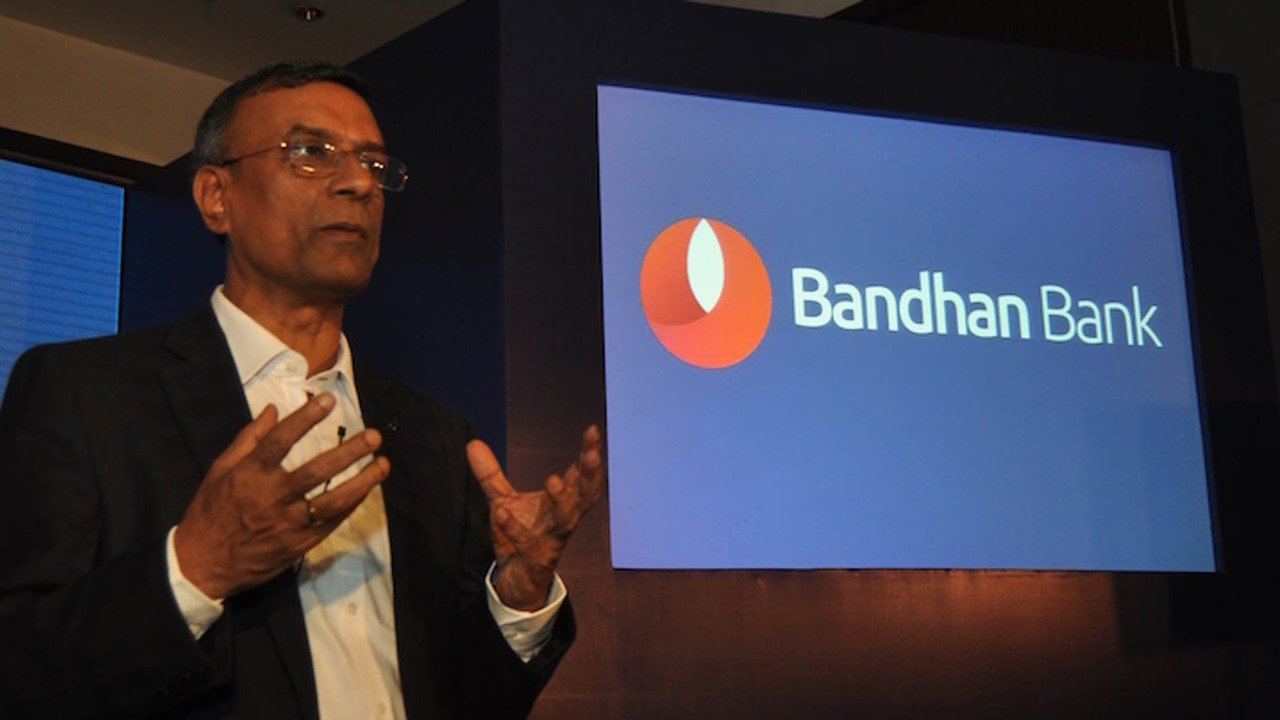Top Banks in India 2025 – Best Public & Private Banks.
Top Banks in India 2025 India’s banking sector is a cornerstone of its rapidly growing economy, playing a pivotal role in financial inclusion, economic development, and technological innovation. In 2025, the sector is characterized by a dynamic blend of public sector banks (PSBs), known for their stability and extensive reach, and private sector banks, celebrated for their innovation and customer-centric services.
Thank you for reading this post, don't forget to subscribe!This article explores the top banks in India for 2025, highlighting the best public and Investment banker based on market capitalization, service quality, digital innovation, and customer satisfaction.
Drawing from recent data, we analyze their strengths, offerings, and contributions to India’s financial landscape, providing a comprehensive guide for individuals and businesses seeking reliable banking partners.
Top Banks in India 2025
India’s banking system is diverse, comprising 12 public sector banks, 21 private sector banks, 44 foreign banks, 11 small finance banks, 28 regional rural banks, and other specialized institutions, as per the Reserve Bank of India (RBI) guidelines.
The sector has evolved significantly, driven by digital transformation, regulatory reforms, and increasing competition. Public sector banks, backed by the government, prioritize financial inclusion and rural outreach, while private banks lead in technological advancements and personalized services.
The top banks in 2025 are distinguished by their financial performance, accessibility, and ability to cater to diverse customer needs, from retail banking to corporate finance.
Key Factors for Evaluating Banks
To determine the best banks, several factors are considered:
-
Market Capitalization: Reflects Financial strength and market confidence.
-
Customer Service: Quality of support, accessibility, and responsiveness.
-
Digital Banking: Innovation in mobile apps, UPI, and online platforms.
-
Branch and ATM Network: Reach and convenience for customers.
-
Product Offerings: Range of savings accounts, loans, credit cards, and investment products.
-
Financial Inclusion: Efforts to serve underserved and rural populations.
-
Safety and Trust: Regulatory compliance and financial stability.
Based on these criteria, the following sections highlight the top public and private banks in India for 2025, with a focus on their unique strengths and offerings.
Top Public Sector Banks in India 2025
Top Banks in India 2025 Public sector banks, also known as government banks, are institutions where the government holds at least a 51% stake. They are known for their stability, extensive branch networks, and role in delivering government schemes. Below are the leading public sector banks in 2025, ranked by market capitalization and impact.
1. State Bank of India (SBI)
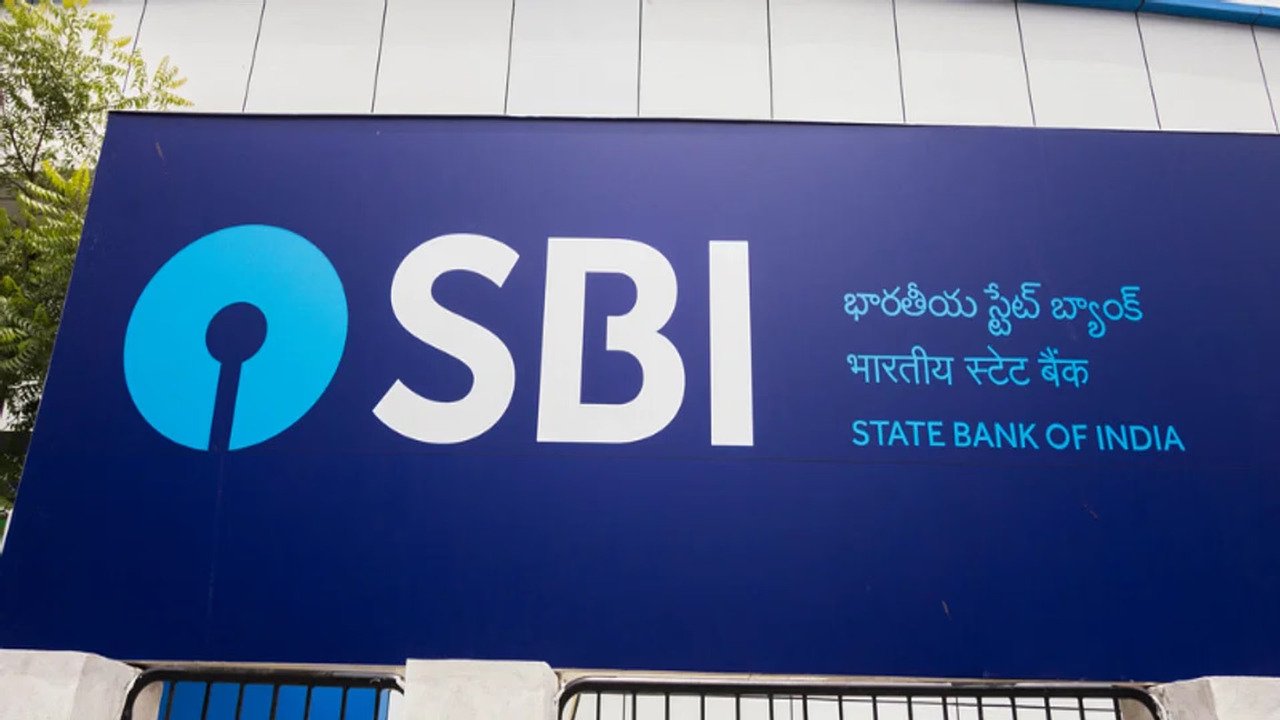
Overview: The State Bank of India (SBI), established in 1955, is India’s largest public sector bank, with a market capitalization of approximately ₹7.09 lakh crore as of July 2025. With over 22,405 branches and 65,000+ ATMs, SBI commands a 23% market share by assets, serving over 45 crore customers.
Key Strengths:
-
Extensive Reach: SBI’s vast network ensures accessibility in urban and rural areas, making it a preferred choice for pensioners, rural customers, and those accessing government schemes.
-
Digital Innovation: The YONO app integrates banking, investments, and lifestyle services, offering seamless UPI transactions, e-KYC, and loan applications.
-
Diverse Offerings: SBI provides retail banking, corporate lending, personal loans, home loans, credit cards, education loans, and insurance products.
-
Financial Performance: In the April-June quarter of FY 2023-24, SBI reported record profitability, surpassing Reliance Industries as India’s most profitable company.
Why Choose SBI?: SBI is ideal for customers seeking safety, reliability, and access to government-backed services. Its digital platforms and extensive reach make it a versatile choice for diverse financial needs.
2. Bank of Baroda (BoB)

Overview: Founded in 1908 and headquartered in Vadodara, Gujarat, Bank of Baroda is the second-largest public sector bank, with a market capitalization of approximately ₹2.5 lakh crore. BoB’s global business grew 11.74% year-on-year to ₹25.64 lakh crore in Q3 FY24.
Key Strengths:
-
Global Presence: BoB operates over 100 international offices, offering robust NRI banking and forex services.
-
Technological Advancements: The bank has embraced digital banking with mobile apps, UPI, and AI-enabled services, earning accolades for innovation.
-
Merger Impact: The first-ever three-way merger with Dena Bank and Vijaya Bank has strengthened its network and financial stability.
-
Services: BoB offers retail banking, corporate banking, treasury operations, and competitive loan products like the Star Home Loan.
Why Choose BoB?: BoB combines global reach with modern digital services, making it suitable for customers seeking international banking and reliable loan options.
3. Punjab National Bank (PNB)
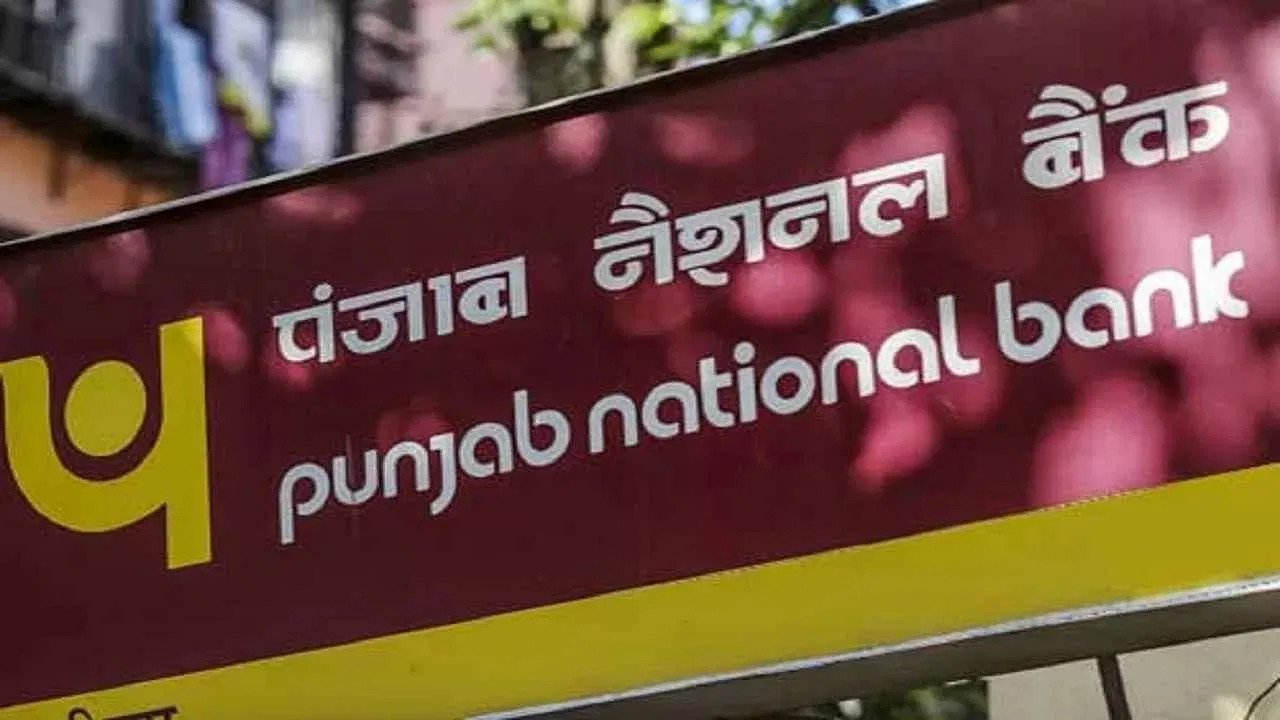
Overview: Established in 1894 in New Delhi, Punjab National Bank is the third-largest public sector bank, with a market capitalization of around ₹1.8 lakh crore. PNB serves over 180 million customers and reported a net profit of ₹4,303.5 crore in Q2 FY25.
Key Strengths:
-
Historical Legacy: Founded by freedom fighter Lala Lajpat Rai, PNB has a strong reputation for trust and reliability.
-
Rural Focus: PNB’s extensive presence in rural and semi-urban areas supports financial inclusion.
-
Services: Offers personal and corporate banking, loans, credit cards, and investment schemes with competitive rates.
-
Digital Banking: PNB’s mobile banking and UPI platforms ensure seamless transactions for tech-savvy customers.
Why Choose PNB?: PNB is a trusted choice for customers prioritizing safety, rural accessibility, and a wide range of financial products.
4. Union Bank of India (UBI)
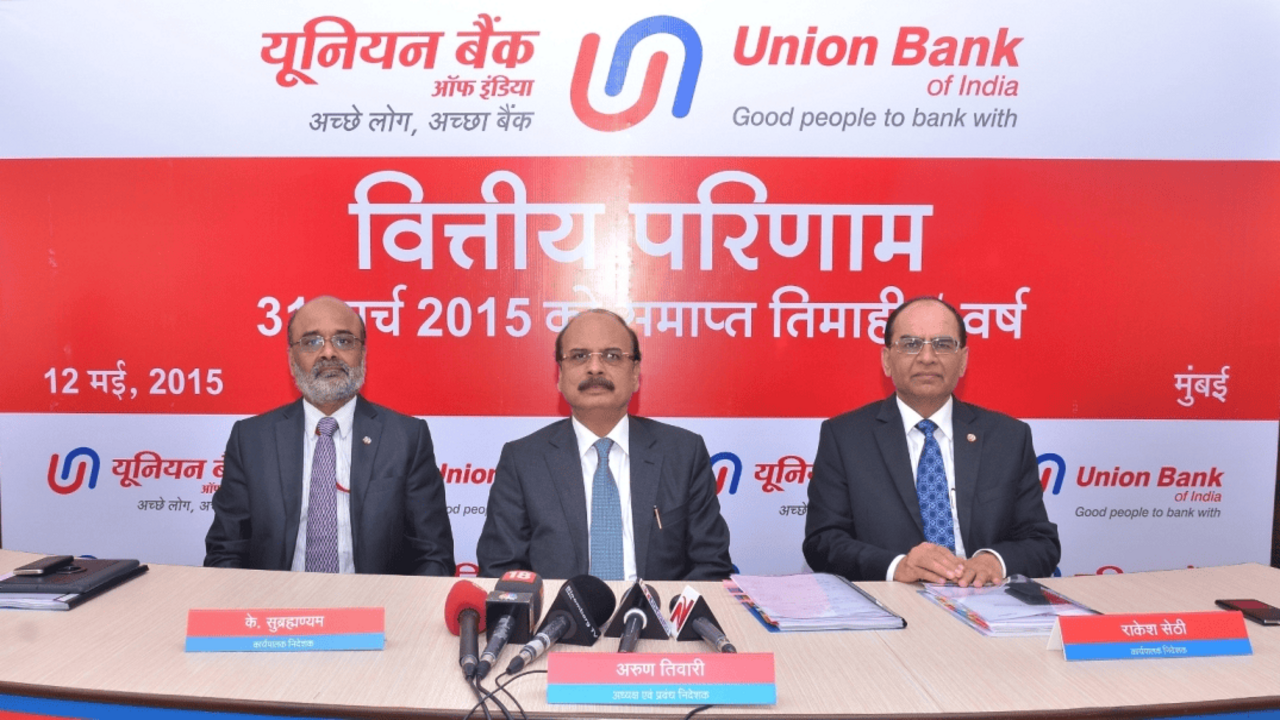
Overview: Founded in 1919 and nationalized in 1969, Union Bank of India is the fourth-largest public sector bank, with a market capitalization of approximately ₹1.5 lakh crore. Mahatma Gandhi inaugurated its head office in 1921.
Key Strengths:
-
Innovative Products: UBI introduced Rupay network debit cards, including a metal card for high-net-worth individuals and a women-specific card.
-
Digital Services: The bank offers robust online banking, UPI, and mobile apps for convenient transactions.
-
Merger Benefits: Mergers with Andhra Bank and Corporation Bank have expanded its reach and service offerings.
-
Services: Includes corporate, personal, and NRI banking, with a focus on financial inclusion.
Why Choose UBI?: UBI is ideal for customers seeking innovative banking solutions and strong support for government schemes.
5. Canara Bank
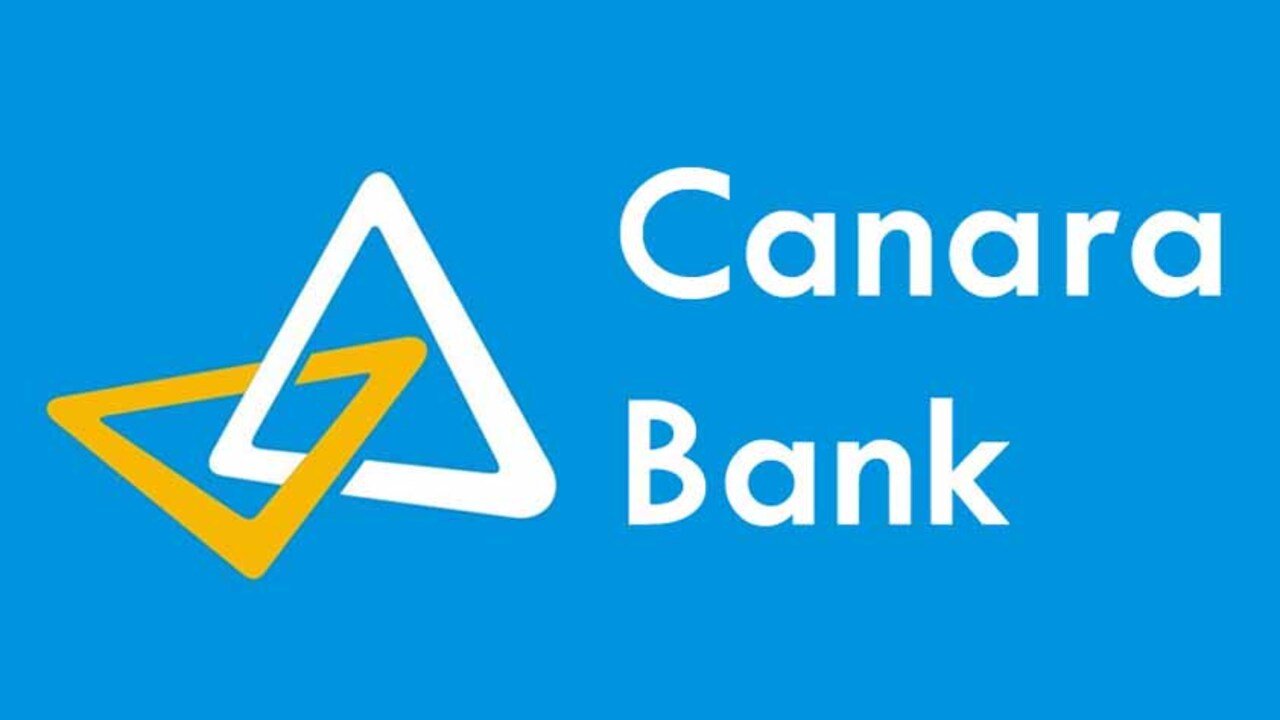
Overview: Established in 1906 in Bengaluru, Canara Bank is a leading public sector bank with a market capitalization of around ₹1.2 lakh crore. It has received RBI approval to divest stakes in Canara HSBC Life Insurance and Canara Robeco AMC in 2024.
Key Strengths:
-
Digital Transformation: Canara Bank offers mobile banking, UPI, and an AI-enabled chatbot for customer support.
-
Financial Inclusion: Focuses on rural banking and underserved communities.
-
Services: Provides savings accounts, debit/credit cards, fixed deposits, and loans like the Cent Home Loan.
Why Choose Canara Bank?: Canara Bank is a reliable option for customers seeking digital banking and financial inclusion-focused services.
Top Private Sector Banks in India 2025
Top Banks in India 2025 Private sector banks, owned by individuals or corporations, are known for their innovation, customer-centric approach, and technological advancements.
They have transformed India’s banking landscape by offering faster services and digital solutions. Below are the top private banks in 2025.
1. HDFC Bank
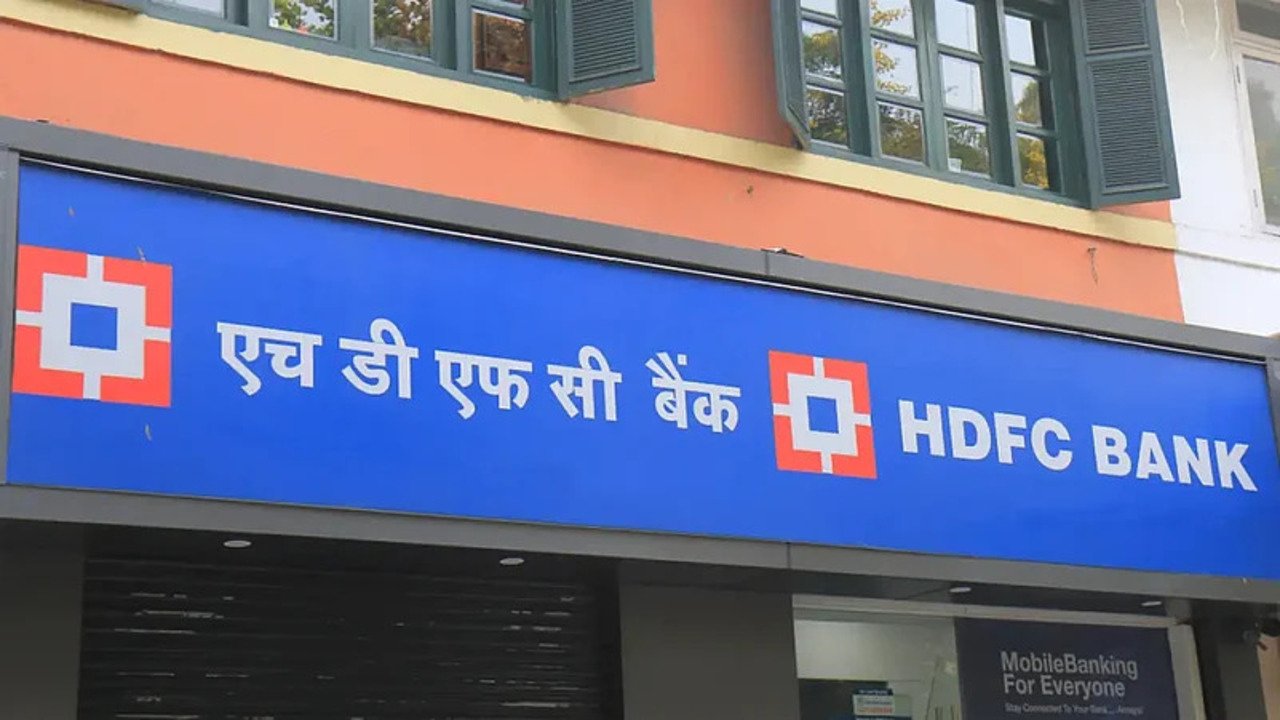
Overview: HDFC Bank, founded in 1994, is India’s largest private sector bank, with a market capitalization exceeding ₹14.8 lakh crore, making it the world’s fifth-largest bank by market cap. It operates over 8,738 branches and 20,938 ATMs.
Key Strengths:
-
Digital Leadership: HDFC’s mobile app and platforms like SmartBUY and Payzapp offer seamless UPI, bill payments, and loan applications.
-
Comprehensive Services: Offers personal loans, home loans, credit cards, wealth management, and NRI banking.
-
Customer Satisfaction: Known for prompt support and user-friendly digital interfaces.
-
Financial Performance: Post its 2023 merger with HDFC Ltd., the bank has strengthened its financial services portfolio.
Why Choose HDFC?: HDFC is ideal for tech-savvy customers seeking fast, reliable, and comprehensive banking services.
2. ICICI Bank
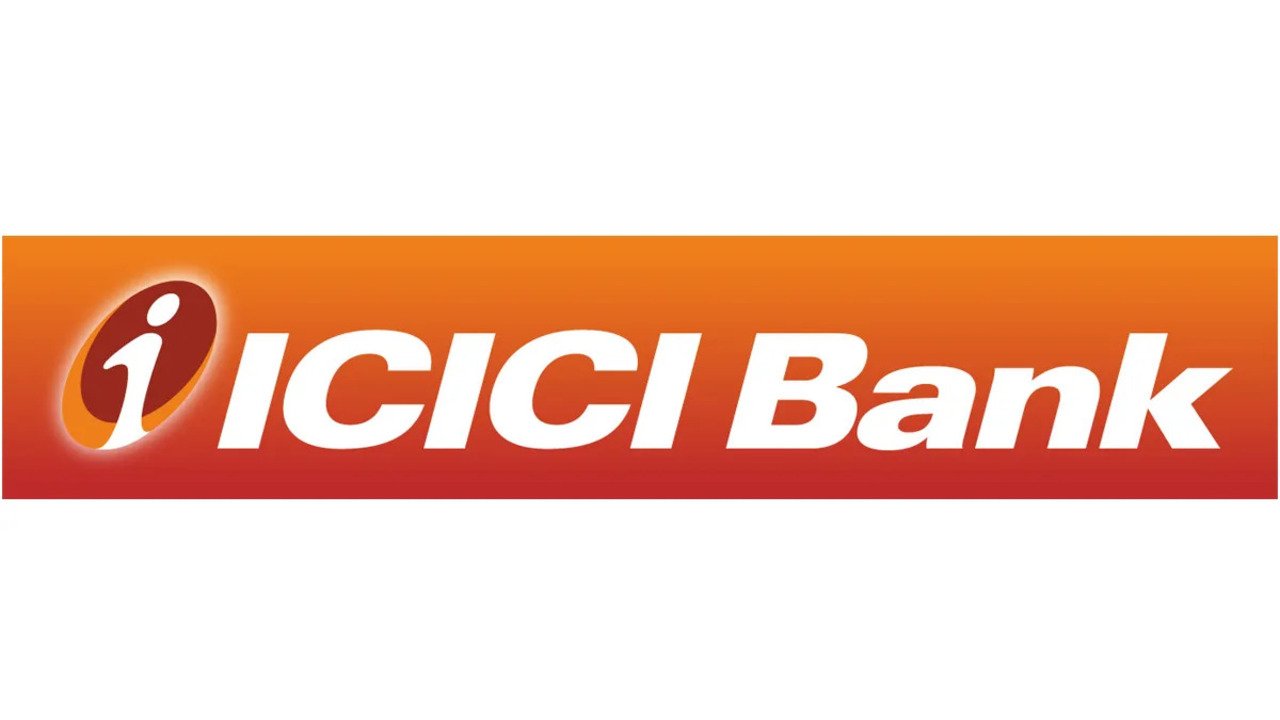
Overview: ICICI Bank, established in 1994, is the second-largest private bank, with a market capitalization of ₹8.73 lakh crore. It operates 6,613 branches and 16,120 ATMs across 17 countries.
Key Strengths:
-
Digital Platforms: The iMobile Pay app supports UPI, bill payments, and loan tracking, catering to young professionals and entrepreneurs.
-
NRI Banking: Excels in NRE/NRO accounts and international transfers.
-
Diverse Offerings: Provides personal loans, credit cards, corporate banking, and wealth management.
-
Innovation: Introduced AI-powered voice banking through Alexa and WhatsApp banking services.
Why Choose ICICI?: ICICI is perfect for customers prioritizing digital banking and international services.
3. Axis Bank
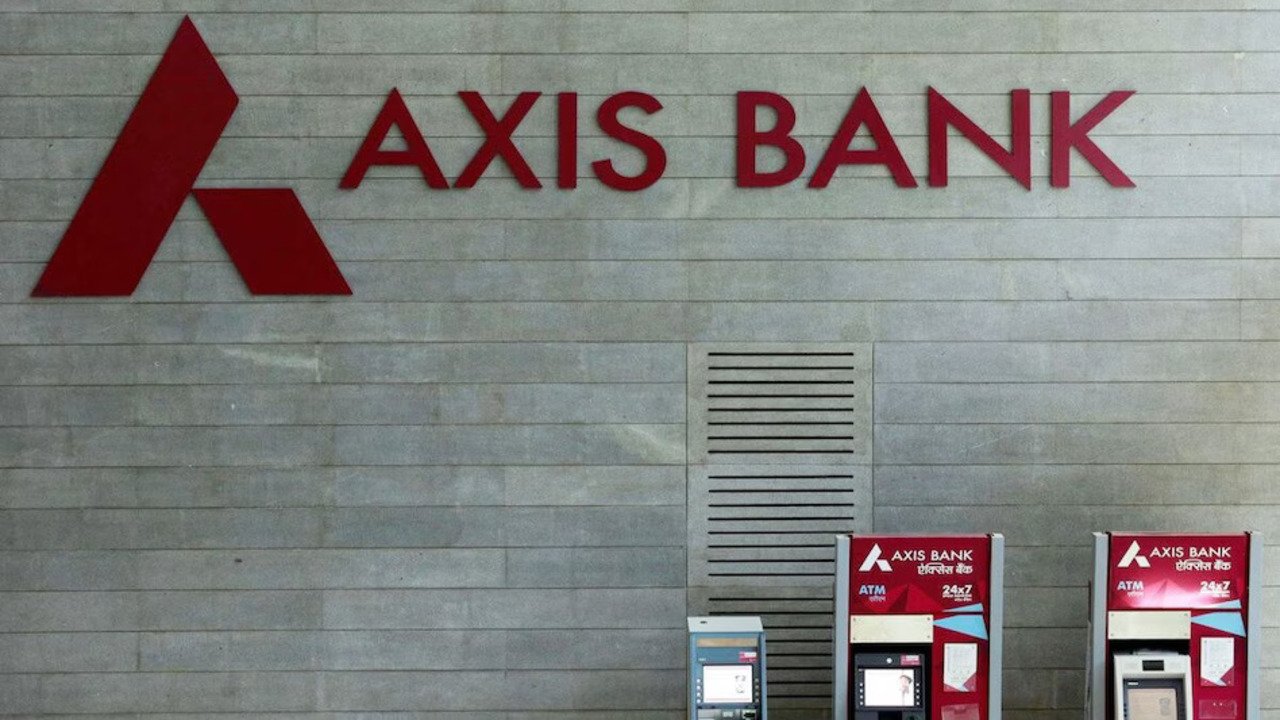
Overview: Axis Bank, founded in 1993, is India’s third-largest private bank, with a market capitalization of around ₹4.5 lakh crore. It operates over 5,000 branches and is a leader in digital banking.
Key Strengths:
-
Digital Innovation: The Axis Mobile App and WhatsApp banking offer seamless transactions and rewards.
-
Retail Banking: Provides Neo credit cards, home loans, and high-interest savings accounts.
-
Customer Focus: Known for its high-rated mobile app and personalized services.
Why Choose Axis?: Axis is a top choice for customers seeking a blend of traditional and digital banking with strong customer support.
4. Kotak Mahindra Bank
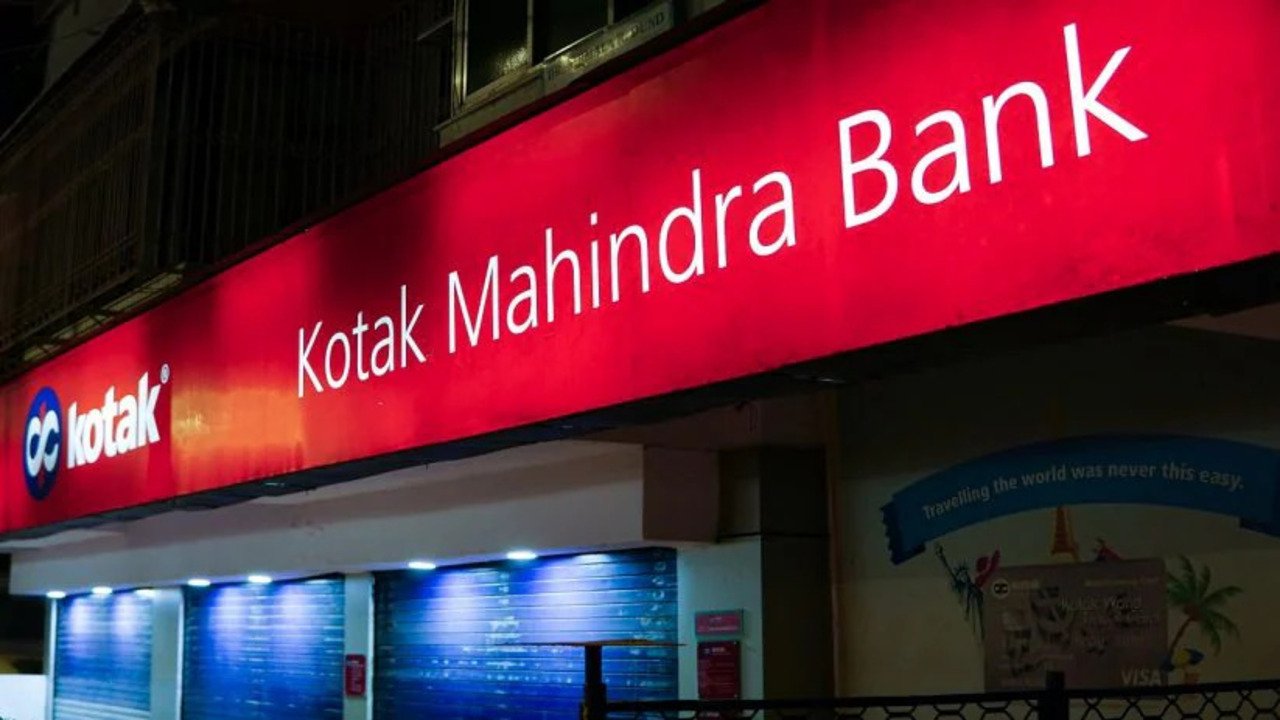
Overview: Established in 2003, Kotak Mahindra Bank has a market capitalization of approximately ₹3.5 lakh crore. It is renowned for wealth management and digital banking.
Key Strengths:
-
High-Interest Savings: Offers up to 7% interest on savings accounts through its 811 digital savings account.
-
Wealth Management: Caters to high-net-worth individuals and entrepreneurs.
-
Digital Services: The 811 platform provides zero-balance accounts and quick loan disbursals.
-
Recognition: Named the best-performing bank in 2024 by The Banker.
Why Choose Kotak?: Kotak is ideal for young users and investors seeking high returns and flexible digital banking.
5. IndusInd Bank
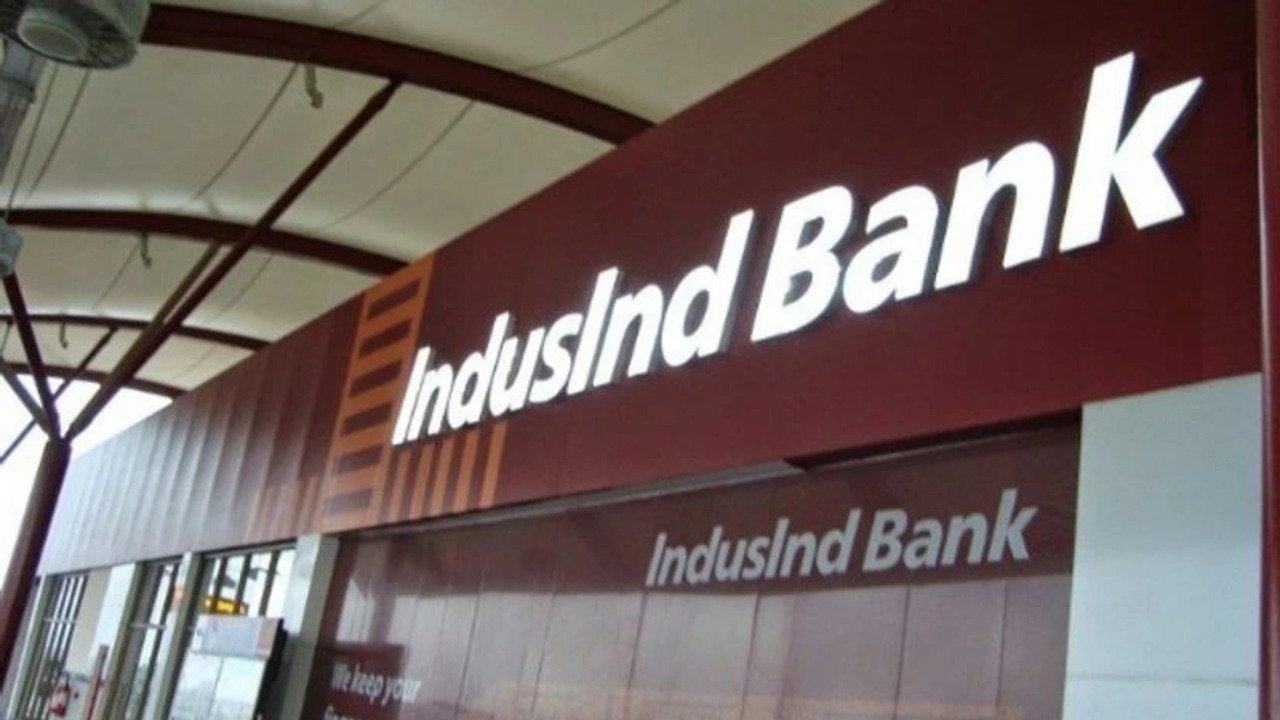
Overview: Founded in 1994, IndusInd Bank has a market capitalization of around ₹2.2 lakh crore. It is known for its focus on retail and corporate banking.
Key Strengths:
-
High-Interest Accounts: Offers up to 6.75% interest on savings accounts.
-
Digital Banking: Provides premium savings accounts and fast loan approvals.
-
Corporate Services: Strong in vehicle and consumer finance, with a presence in semi-urban areas.
Why Choose IndusInd?: IndusInd is suitable for customers seeking high-yield savings and corporate banking solutions.
Top Banks in India 2025 Comparative Analysis: Public vs. Private Banks
|
Aspect |
Public Sector Banks |
Private Sector Banks |
|---|---|---|
|
Ownership |
Government holds ≥51% stake |
Owned by private entities or individuals |
|
Focus |
Financial inclusion, rural outreach, government schemes |
Innovation, customer-centric services, digital banking |
|
Digital Banking |
Strong but evolving (e.g., SBI’s YONO, BoB’s apps) |
Advanced (e.g., HDFC’s SmartBUY, ICICI’s iMobile Pay) |
|
Interest Rates |
Higher on savings and FDs |
Competitive, often higher for savings (e.g., Kotak) |
|
Accessibility |
Extensive branch/ATM networks in rural areas |
Strong urban presence, growing rural reach |
|
Customer Service |
Reliable but slower in some cases |
Faster, personalized, and tech-driven |
|
Safety |
High due to government backing |
High, regulated by RBI, but profit-driven |
Choosing the Right Top Banks in India 2025
Selecting the best bank depends on individual needs:
-
For Rural Customers and Government Schemes: SBI, PNB, and BoB offer extensive reach and reliable services.
-
For Digital Banking and Fast Services: HDFC, ICICI, and Axis excel in mobile apps and online platforms.
-
For High-Interest Savings: Kotak Mahindra and IndusInd provide competitive rates.
-
For NRI and International Banking: ICICI and BoB are top choices for global services.
-
For Safety and Trust: SBI, PNB, and HDFC are regulated by the RBI and enjoy high market confidence.
The Future of Banking in India
Top Banks in India 2025 India’s banking sector is poised for further growth, driven by:
-
Digital Transformation: Banks are investing in AI, machine learning, and blockchain for secure and efficient services.
-
Financial Inclusion: Public sector banks continue to expand in underserved areas, supported by government initiatives.
-
Fintech Integration: Private banks are collaborating with fintech firms to enhance digital offerings.
-
Regulatory Support: The RBI’s oversight ensures stability and innovation, fostering competition between public and private banks.
Conclusion
India’s top banks in 2025, including SBI, Bank of Baroda, PNB, HDFC Bank, ICICI Bank, Axis Bank, Kotak Mahindra, and IndusInd Bank, represent a blend of stability, innovation, and customer focus.
Public sector investment banker excel in accessibility and trust, while private banks lead in digital innovation and personalized services.
By evaluating factors like market capitalization, digital platforms, and service offerings, customers can choose a bank that aligns with their financial goals.
Top Banks in India 2025 As India’s economy grows, these institutions will continue to shape the financial landscape, driving inclusion, innovation, and prosperity.



